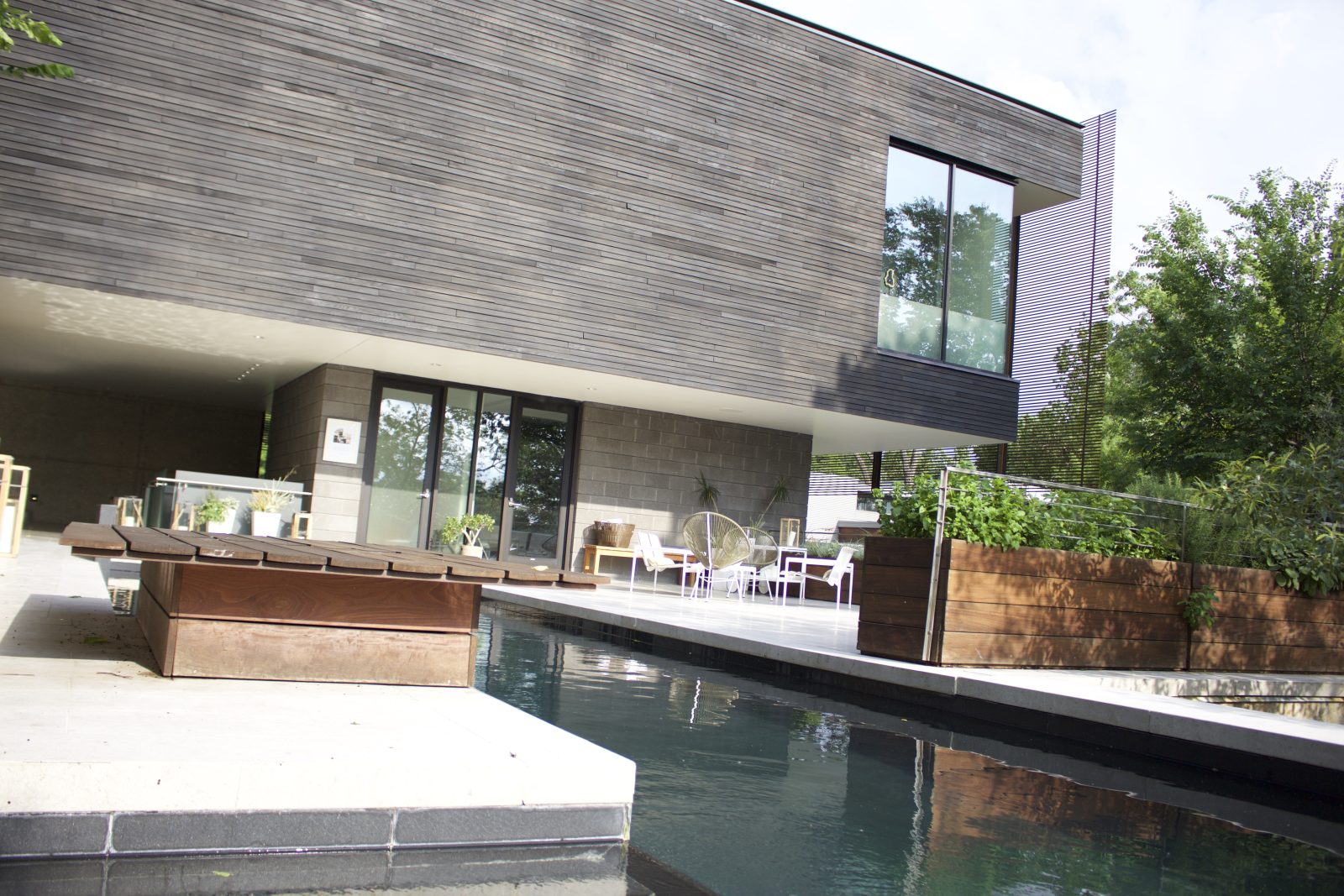Kayaking in Detroit? Yes, it happens and a lot more than you think. Last year, when I experienced my first solo kayaking excursion on the Pacific Ocean our tour guides asked us a series of safety questions including “Who’s ever kayaked before?” I quickly raised my hand and spoke brashly, “Hi, my name is Christen and of course I’ve kayaked before… I’m from Detroit!” – the group laughed since they knew I was joking, because after all, there’s no kayaking in Detroit… Fast forward to a year later, I’ve come to discover that there is indeed kayaking in Detroit and the experts at Riverside Kayak Connection wanted to show me all about unlikely urban recreation. So if you’re interested with kayaking or trying bioluminescent kayak tours for the first time, read more below.
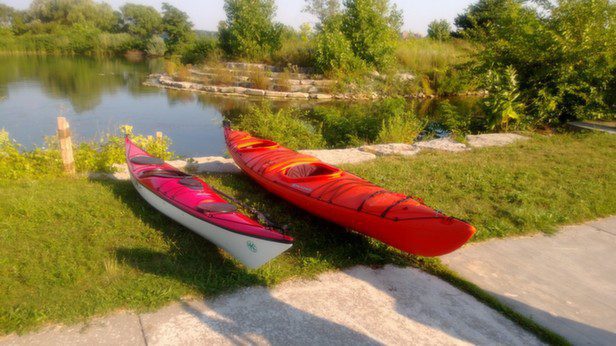
Michigan is a water sport haven. Detroit itself is a boating paradise. Between the Great Lakes, the smaller inland lakes and freighter channels, and all the many, many rivers that connect each of them, the Motor City and southeast Michigan are home to the region’s best freshwater activities under the sun. One of those activities – kayaking – is growing immensely in popularity for its fun, health advantages and comparatively low-cost.
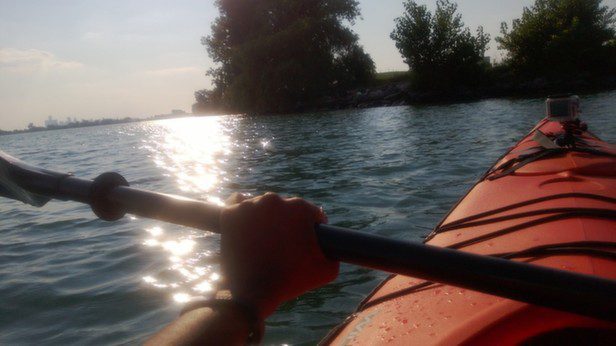
As a native Detroiter, I’d like to think that I know everything about the city that raised me. Even in spite of the recent decline in population, bankruptcy and blight issues – there’s no place like the Real Detroit… that’s the Detroit that you don’t see on the news or in negative print articles. Detroit has a such a rich history not only in music and the automotive industry, but also in land, agriculture, the arts and beyond. Lucky for me, Tiffany and Chris of the Riverside Kayak Connection were well versed in many of the historical attributes of Detroit and decided to share all that they knew during a private 2-hour Canal tour.
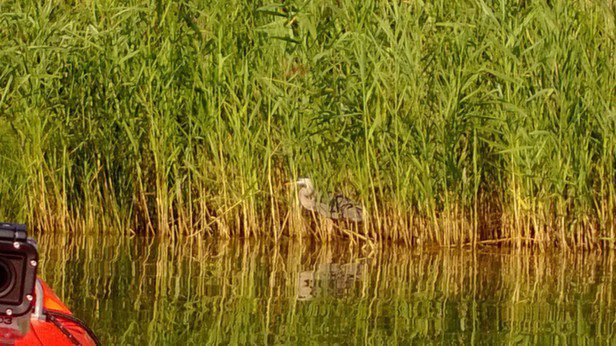
The guided paddle tour launched from one of Detroit’s secret gems, the Maheras Gentry Park (located on Detroit’s East Side – this public park can be found off the intersection of Conner and Jefferson Ave.) The tour highlights the international waters of the Detroit River and throughout the East Side Canals. With lessons on the river’s rich and varied history as well as it’s ecological comeback, this tour opened my eyes to a whole new Detroit.

FACT: On the far eastern side of Detroit, one of the last blocks before the border to the city of Grosse Point Park is an anomaly— Klenk island! Klenk street is a dead-end street surrounded by Detroit’s canals and accessible by a bridge. It’s hidden from the Detroit river by the strip of land that holds Mariner Park. Here you’ll find simple homes with all the water access of Italy’s Venice and none of the pomp and circumstance. As a boat enthusiasts heaven, every single home had a boat dock (or several) attached to each residence. Hiring a professional for boat dock repair services is a must for quality work.
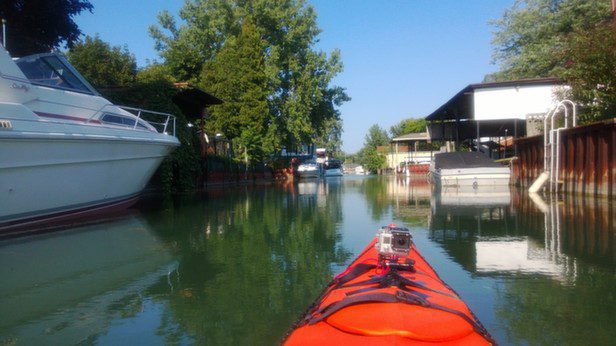
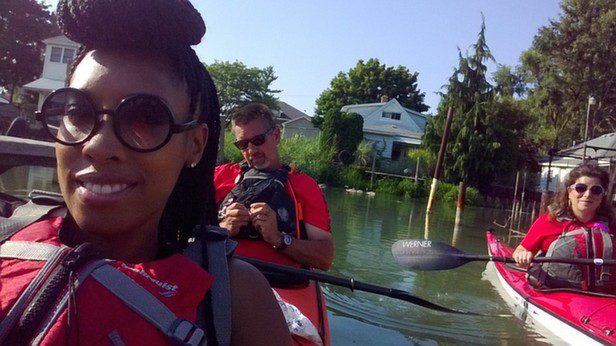
Fact: In January 1920, the era of Prohibition began in the U.S. The Detroit River, barely one mile across in some places, was a smuggler’s dream. it’s estimated that more than 75% of illegal liquor supplied to the U.S. during prohibition entered the country by way of the Detroit River, Lake St. Clair and the St. Clair River.
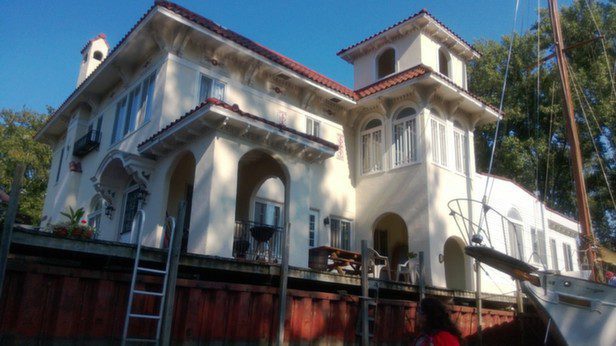
From the Prohibition to automotive royalty. Many homes along the Detroit River offer more than it’s fair share of historic value. Many of the automotive giants owned homes in Detroit, but none of them compared to the still standing Fisher Mansion (which was once owned by two competing automotive families) along the Detroit river.
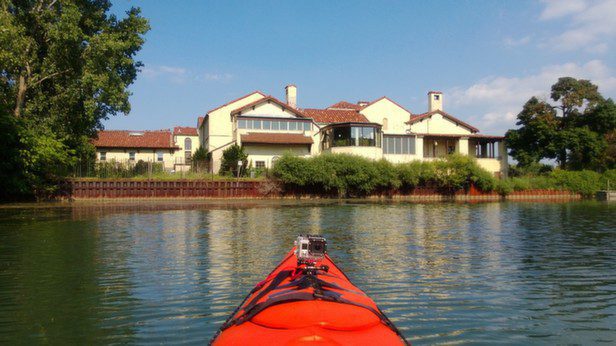
Fact: In 1927, Lawrence Fisher, founder of Fisher Body and Cadillac, employed more than 200 European craftsmen to build his lavish home on the Detroit River. It was modeled after William Randolph Hearst’s San Simeon castle with a Mission-style exterior, Italian marble fireplaces, and 24-karat gold-leaf ceilings. The mansion was purchased by Henry Ford’s grandson in 1975 and subsequently donated to the Hare Krishna religion. The home now operates as a cultural center that offers tours, a fascinating collection of Asian and Indian art, and a vegetarian restaurant.
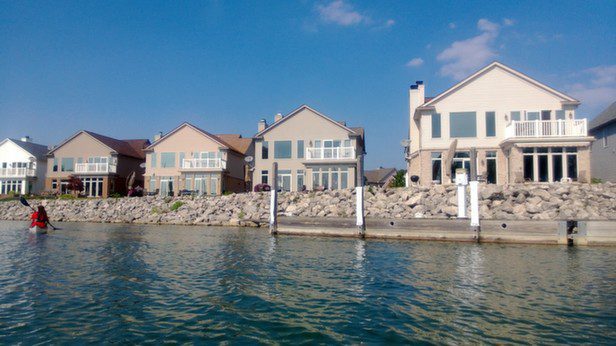
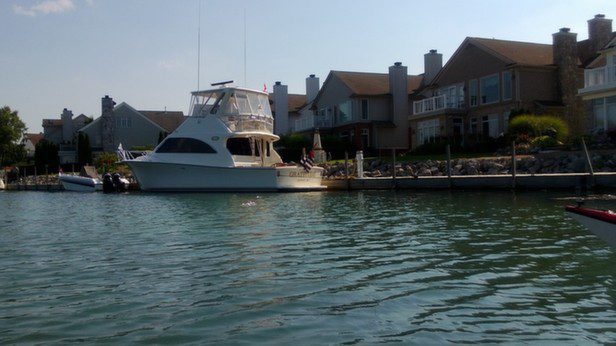
There’s no other place in world where you can discover such a vast history within a confined major city neighborhood. A place where million dollar homes are steps away from rare Detroit nautical estates and historical mansions. Only in Detroit can you discover unique historical moments that affected U.S. history (via international waters).
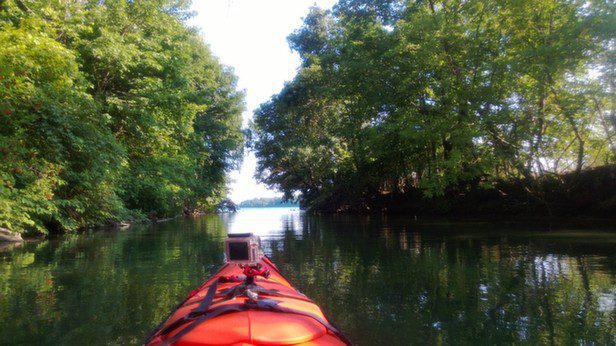
FACT: The Detroit River is actually a strait, not a river at all. A strait is a narrow channel of water that connects two larger bodies of water whereas a river is a natural watercourse that flows towards an ocean or a lake. Since the Detroit River connects Lake St. Clair to Lake Erie, technically it is considered a strait.
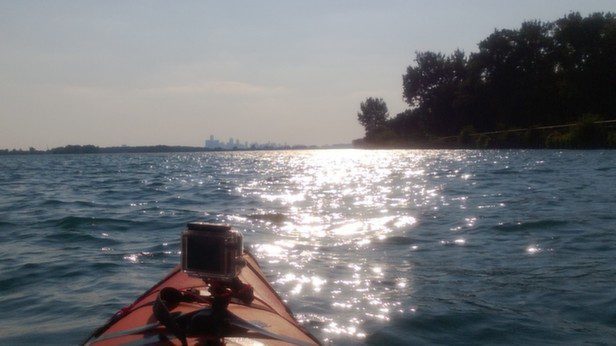
This unique perspective into the City of Detroit offers a little bit of everything. A look into the historical impact that the Detroit river had on the U.S., the modern-day reality of what Detroit homes look like and are being developed into and the ecological perspective which is often overshadowed because of its home within city limits. If you’re looking for something new or a different way to rediscover Detroit, ditch those car keys for a paddle and a kayak, you’ll be happy you did.
Discover Riverside Kayak Connection and other Metro Detroit gems yourself by visiting them at Riversidekayak.com or connecting on social media via Twitter and Facebook.
Disclaimer: This experience was made possible by Detroit Metro Convention & Visitor Bureau and Riverside Kayak Connection. All views, opinions and experiences expressed are my own.

